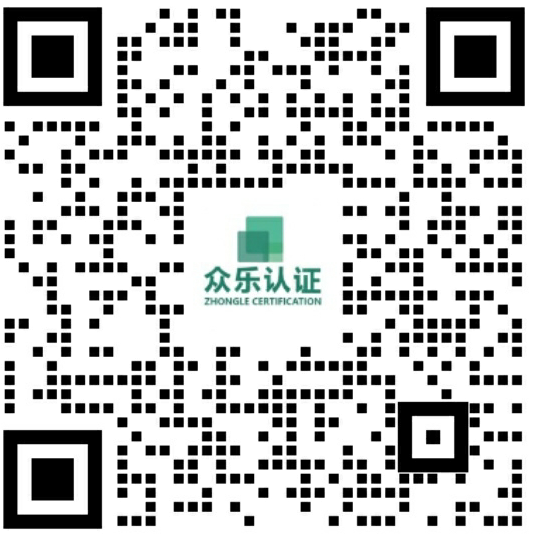With the advancement of the wave of intelligent vehicles, the seamless connection between mobile phones and cars has become an important part of modern travel experience. In this context, the Carlink technology launched by ICCOA alliance has emerged.
1、What is Carlink
Carlink is a new generation of in-vehicle connectivity protocol led by the Intelligent Connected Vehicle Alliance (ICCOA), aiming to achieve seamless integration and deep collaboration between Android smartphones and automotive systems. Initiated in September 2021 by Xiaomi, OPPO, and vivo, these three major smartphone manufacturers, along with mainstream automakers such as Changan, Geely, and SAIC, jointly prepared for the development of this technology. This effort has formed an open ecosystem alliance that covers all aspects of mobile phones, automobiles, and the entire industry chain.

2、Carlink Introduction
(1) Converged desktop mode
The interconnection of in-vehicle devices began with the screen projection era, where APPs and other capabilities adapted for the in-vehicle system were displayed on the car's screen, complementing the ecosystem of the vehicle. This approach could save development and adaptation costs for the car side. As the industry evolved, more services from the in-vehicle system began to be hosted on the in-car screen, such as air conditioning control, audio adjustment, and various smart services. However, under the screen projection mode, the in-car screen is overshadowed by the "phone," preventing users from simultaneously accessing both the in-vehicle system and mobile services. Traditional screen projection has become far from meeting the needs of the industry and users.
ICCOA Calink, building on the screen casting model and adhering to the principles of being lightweight and bidirectional, has introduced the ICCOA Calink integrated desktop mode. Unlike traditional screen casting, ICCOA Calink's desktop integration mode allows both the mobile App and the in-car App to be displayed simultaneously on the in-car desktop, enriching the in-car ecosystem. The presentation style and categorization of application icons are determined by the in-car system, ensuring no disruption to in-car interactions. The number of applications that can be used when entering the vehicle is decided by the car, avoiding conflicts with local applications. Ultimately, this achieves a seamless integration of "mobile + in-car" services, enabling the use of the in-car environment for mobile applications, hardware, and data.

(2)ICCOA integrates the future
ICCOA Carlink Adheres to the principle of building platforms and standards rather than specific presentation, and connects all levels under the same standard to realize product and technology differentiation, and achieve win-win results through multi-party co-construction and diverse presentation.
ICCOA Carlink will introduce new features: window fusion, allowing full-screen and small-window switching on the in-car application with free drag-and-drop of small windows; notification flow, after connecting the phone to the in-car system, applications running in the background and that can continue to run on the in-car system will prompt users on the in-car side whether to continue running; file transfer, bridging the protocol between the phone and the in-car system to achieve instant transmission of files, images, and videos.
In the future, the alliance will focus on the AI large model requirements and upgrade standards for multi-device discovery and connection frameworks in the context of hand-to-car integration, exploring mutual integration standards. AI large models make interactions between phones and cars smarter, and their integration standards will build a foundation for intelligent services in hand-to-car fusion, standardizing the capability integration of phones, cars, and content services. This will enable cross-device and brand service orchestration, providing a framework for all-scene intelligent services.

(3)Digital car keys are integrated
Data shows that 44% of new cars in China are equipped with digital keys, making it the world's largest market for this technology. It is projected that by 2030, the installation rate of digital keys in passenger vehicles will exceed 80%. However, the current digital key industry faces issues such as industrial fragmentation, numerous proprietary protocols, inconsistent security and user experience, and significant challenges in one-to-one development between automakers and smartphone manufacturers. To address these issues, ICCOA is focusing on the digital key sector, establishing technical standards, and completing the ICCOA DK2.0 standard.
Advantages of ICCOA DK2.0:
lRich features: support bluetooth car key, NFC car key, car control, watch/bracelet car key, off-car open car key, car company app share key function.
lSecurity: asymmetric key scheme is adopted.
lFriendly to enterprises: simple development, high efficiency.
lHigh stability: the removal of the background does not affect the function of the car key, the power consumption is low, and the abnormality of the car company's APP does not affect the function of the car key.
lStrong expansion capability: supports mutual sharing and extends support for UWB/HADM.
3、sum up
As a significant achievement in the development of automotive intelligence, Carlink is profoundly transforming people's driving methods and travel experiences with its rich functions and innovative concepts. We believe that in the future, as technology continues to advance and applications expand, Carlink will play an even more crucial role in the automotive industry, bringing more surprises and possibilities to our journeys.
If you want to know more about Carlink certification information, please feel free to contact Zhongle Certification, we have a professional team, to provide you with detailed consulting, certification services!
Tel:13417442373 (Skype)
E-mail:finny.zhou@zhongletest.com




